Report on the 11th Australasian Conference on General Relativity and Gravitation
 ‘From Black-Hole Singularities to Cyclic Cosmology’, a public lecture by Professor Sir Roger Penrose, was one of the highlights of the recent 11th Australasian Conference on General Relativity and Gravitation (ACGRG).
‘From Black-Hole Singularities to Cyclic Cosmology’, a public lecture by Professor Sir Roger Penrose, was one of the highlights of the recent 11th Australasian Conference on General Relativity and Gravitation (ACGRG).
You can re-watch the lecture online here.
Prof Penrose was jointly awarded the 2020 Physics Nobel Prize with Profs Reinhard Genzel and Andrea Ghez for their work on black holes.
However, he said in his invited lecture, he did not really show “… that black holes are a robust prediction of general relativity, which is what the [Nobel Prize] citation says, but that singularities are”.
Other lessons on general relativity, gravitation, and teaching science
The purpose of the ACGRG is to provide a regional forum for members to discuss general relativity, foster collaboration, and promote ideas and insight into the nature of gravity.
The ACGRG also featured a scientific meeting held at the Hobart Campus of the University of Tasmania (UTAS), 2-4 Feb.
The topics of other invited talks ranged from observations of gravitational waves from mergers of neutron-stars, black holes, and novel sources, to using numerical relativity as a tool for cosmology.
The invited talks can be found and re-watched here.
Dr Krzysztof Bolejko, AIP Tas Chair, was also elected as President of the Australian Society for General Relativity and Gravitation during the meeting.
The third part of the conference, the Science Professional Learning Workshop, brought together scientists and teachers of science at the primary school and high school (Years 11 and 12) levels to discuss the new science curriculum and how best to teach difficult scientific concepts such as ‘wave-particle duality’ to young people.
Due to COVID-19 restrictions, the workshop was run separately on 2-3 Dec 2021 at the Launceston Campus of UTAS.
The ACGRG was organised by the AIP Tasmanian Branch and our cognate society, the Australasian Society for General Relativity and Gravitation.
Photo: 2020 Physics Nobel Prize winner Prof Sir Roger Penrose. Credit – Wikipedia.

